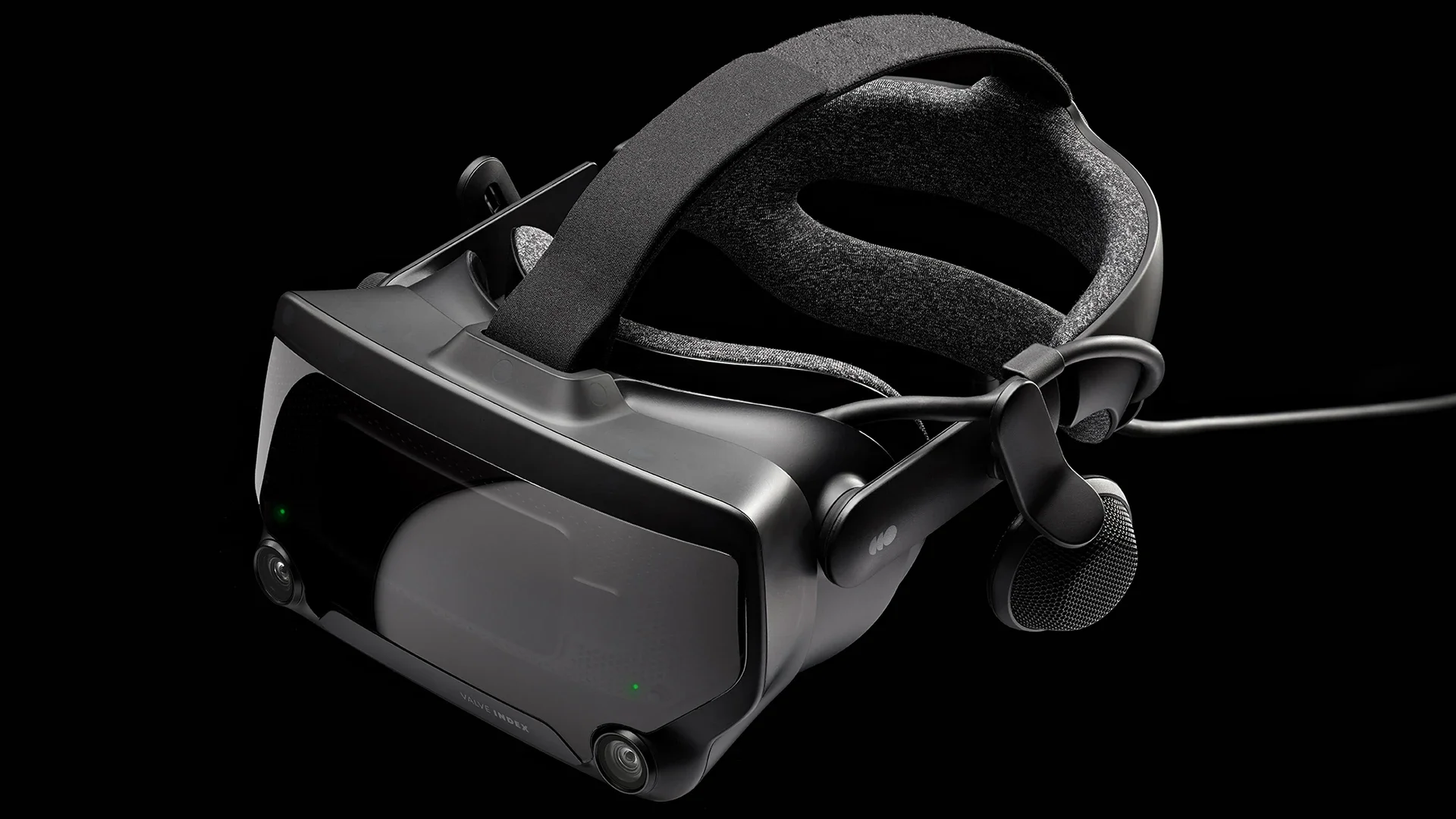Valve's New VR Headset is Reportedly in Mass Production, and Everyone is Bracing for the Price
The prophecy is coming true. After years of rumors, a new report says Valve's next VR headset is finally happening. The only question now is: will any of us actually be able to afford it?
Valve Index VR-Headset
For the past four years, the existence of Valve’s next VR headset has been the industry’s worst-kept secret. We've seen the code references to a device codenamed "Deckard," the datamined "Roy" controllers, and the recent trademark filing for the name "Steam Frame." Valve itself has repeatedly hinted that a wireless, PC-streaming-focused successor to the Index was in the works.
But now, the rumor mill has kicked into overdrive. A Chinese analyst group, the XR Research Institute, has dropped a bombshell claim, first reported by UploadVR, that the headset has officially entered mass production and is slated to ship this year. This isn't just another datamine; this is a claim that assembly lines are running, which has sent the VR community into a frenzy of hype, speculation, and crippling financial anxiety.
Reading the Production Numbers
The analyst report claims an initial production run of 400,000 to 600,000 units per year. To put that in perspective, it pales in comparison to the 20 million+ Quest 2s Meta has sold, but it's in the same ballpark as the Steam Deck, which sold around 5 million units in its first few years.
This tells us something important. Valve isn't trying to conquer the world overnight. They're likely targeting the existing, dedicated PC gaming audience, the same people who bought a Steam Deck. This looks like an enthusiast-level launch, not a mass-market assault.
The Thousand-Dollar Question
Let's be real, this is all anyone actually cares about. The community reaction was immediate and universal: "Cool, can’t wait to not afford it." Everyone is haunted by the ghost of the $1000 Valve Index, and the fear is that this new device will follow suit.
The sweet spot everyone seems to be hoping for is a Quest 3 competitor in the $500-$600 range. The good news is, Valve can absolutely afford to sell the hardware at a loss. Their business model is completely different from Meta's. Valve makes its money from the 30% cut on every game sold on Steam. A new, affordable headset would create a surge of new VR game purchases, lining their pockets in the long run.
What Gamers Actually Want
Beyond price, the other major hurdle is comfort. "Every VR headset I have ever used has been uncomfortable," one user laments, and they're not wrong. VR can be a sweaty, heavy, face-crushing experience.
If Valve can deliver a device that's lightweight and comfortable for long sessions, they could have a massive winner. And for the love of god, it needs to be wireless. The consensus is clear: people are "SO done with being tethered."
Is This Finally the Year of VR?
Every year for the past decade, someone has declared it "the year of VR." And every year, it isn't. The community is understandably cynical. "I have been hearing this for last 15 years now," one veteran commented.
The truth is, VR is still a niche with a high barrier to entry and a frustrating lack of killer apps. But a new, affordable, comfortable, and wireless headset from the biggest player in PC gaming could be the spark that finally lights the fire.
Valve is making a move. If they can nail the price and comfort, this could be the device that finally makes PC VR accessible to the millions of gamers who have been sitting on the sidelines. If they miss the mark, it’ll be just another expensive toy for enthusiasts. Given their history with the Steam Deck, I’m betting on the former. Now, if you'll excuse me, I need to check how much I can get for my dust-gathering Index.
